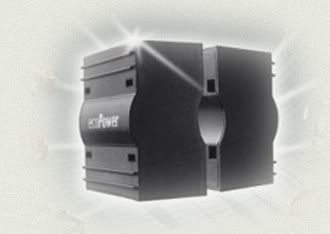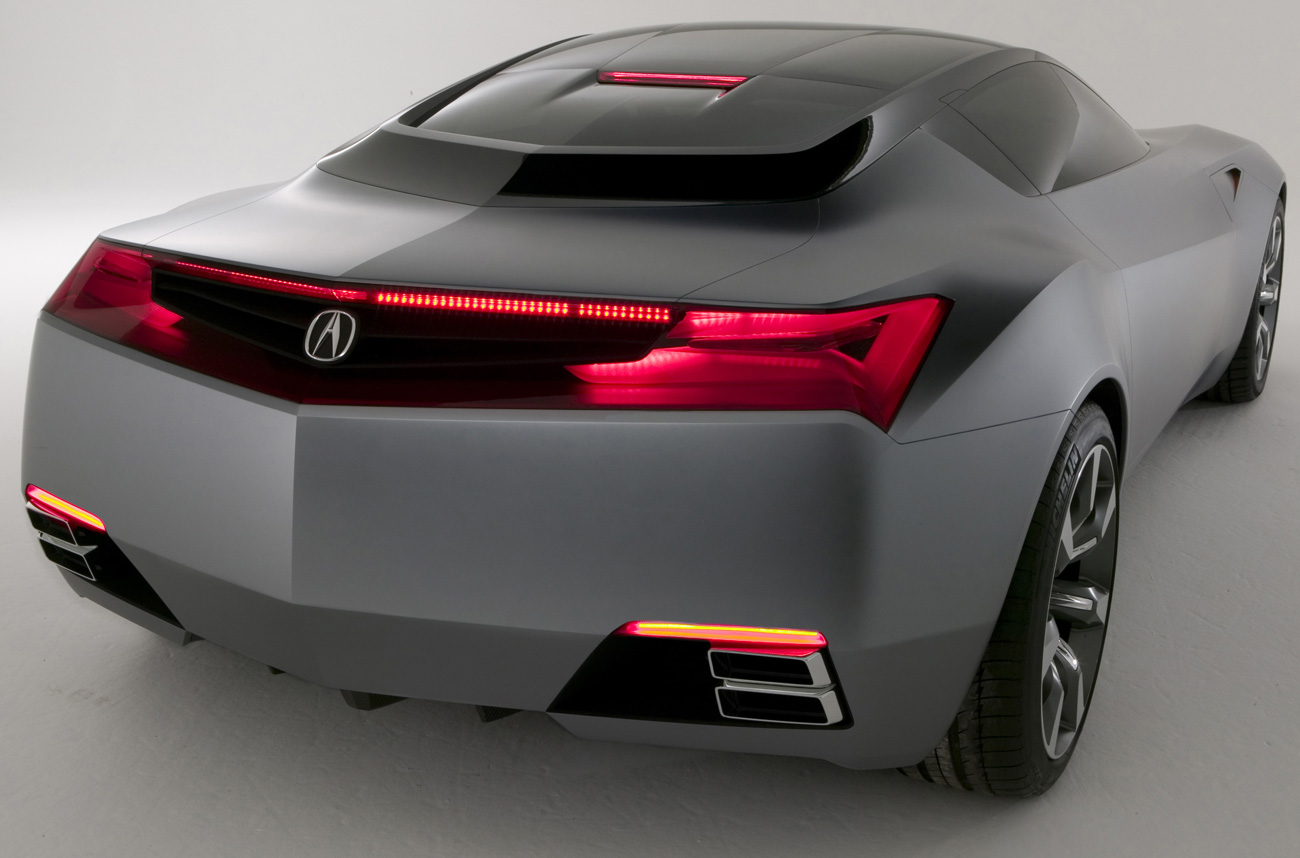Putting air in your tires sometimes seems like a small, unimportant task. While it is a tiny detail, it is very important. Having the proper amount of air in your tires can, not only prevent you from a dangerous accident, but it can also save on gas mileage which saves money.
In just a few easy steps, you can be on your way to providing a safe ride for yourself and getting some extra cash.
Purchase a digital tire gauge (they usually run around $10) and keep it in your vehicle. You might also want to consider purchasing a small journal to record your tire pressure and your future increased fuel economy
It is important to know the correct cold tire pressure for your vehicle. Usually, this information is located on a placard inside the driver’s door, the fuel door, the trunk lid, the console door, or in the owner’s manual.
Note that the correct cold pressure may be the same for all four tires or it may vary from front to rear axels.
Check tire pressures when the tires are cold. The hot tire, one that has been driven, will show a higher pressure reading than one that is cold—one that hasn’t been driven for several hours. Mornings are the best time to check for tire pressure, since the vehicle has been sitting overnight.
If you are checking air pressure in all of your tires, remove the stem caps from all tires and keep them in a safe place. This way, you can easily move from tire to tire to add or remove air. Getting a well-balanced air pressure in all of your tires saves you money and fuel.
If the cold tire pressure is higher than the pressure specified by the manufacturer, let the air out of the tire slowly. Be sure to check the pressure every second or so, until it reaches the manufacturer’s specified cold pressure. It will be at the correct “hot” pressure when driving.
If the cold tire pressure reading is lower than the manufacturer’s specified pressure, note the difference between this pressure and the specified pressure. If you don’t have access to compressed air where your vehicle is parked, drive to the nearest fill location. Check the pressure again now that the tire is warm. To the warm pressure, drivers should add the difference in actual measured cold pressure vs. specified cold pressure. The same amount of air should be added to the tire as when it was cold now that it’s warm. Once the tire cools, the cold tire pressure will now gauge correctly.
There is a common misunderstanding that a tire’s pressure is printed on the tire’s sidewall. In actuality, this pressure on the tire is the maximum cold pressure the tire will safely hold. Never inflate to the maximum tire pressure. This could cause damage to the tire, or cause a blowout.
After inflating your tires, check them once a month to ensure you’re always driving on tires holding the correct amount of air.
If you make this a habit, inflating your tires will become easier. Be sure to remember these tips if you want to enjoy saving on fuel and money, while ensuring yourself a safe ride.
 Intrested to Order Pls email to matcargo@gmail.com
Eco Power Feul Saver 1 Set RM 168.00 / USD 47.90
Intrested to Order Pls email to matcargo@gmail.com
Eco Power Feul Saver 1 Set RM 168.00 / USD 47.90




 Perdana V6
Perdana V6 Ford RX-S
Ford RX-S Nissan E-Trail
Nissan E-Trail






